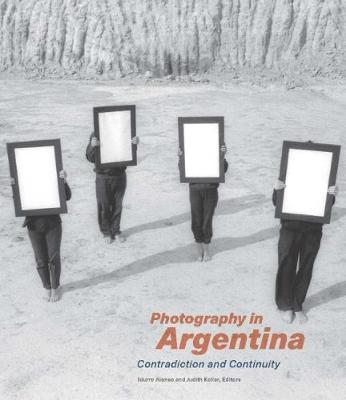From its independence in 1810 until the economic crisis of 2001, Argentina has been seen, in the national and international collective imaginary, as a modern country with a powerful economic system, a massive European immigrant population, an especially strong middle class, and an almost nonexistent indigenous culture. In some ways, the early history of Argentina strongly resembles that of the United States, with its march to the prairies and frontier ideology, the image of the cowboy as a national symbol (equivalent to the Argentine gaucho), the importance of the immigrant population, and the advanced and liberal ideas of the founding fathers. But did Argentine history truly follow a linear path toward modernization? How did photography help shape or deconstruct notions associated with Argentina?Photography in Argentina examines the complexitiesof this country's history, stressing the heterogeneity of itsrealities, and especially the power of constructedphotographic images-that is, the practice of altering realityfor artistic expression, an important vein in Argentinephotography-in the configuration of a national imaginary.Influential specialists from Argentina have contributed essays on various topics, such as the shaping of national myths; the adaptation of gesture as related to the "disappeared" during the dictatorship period; the role of contemporary photography in the context of recent sociopolitical events; and the reinterpreting of traditional notions of documentary photography in Argentina and the rest of Latin America.
A well- researched and beautifully laid out chronology provides an overall view that will be useful for general readers and specialists alike.
- ISBN10 1606065327
- ISBN13 9781606065327
- Publish Date 15 August 2017
- Publish Status Active
- Out of Print 16 August 2024
- Publish Country US
- Publisher Getty Trust Publications
- Imprint Getty Publications
- Format Hardcover
- Pages 332
- Language English
